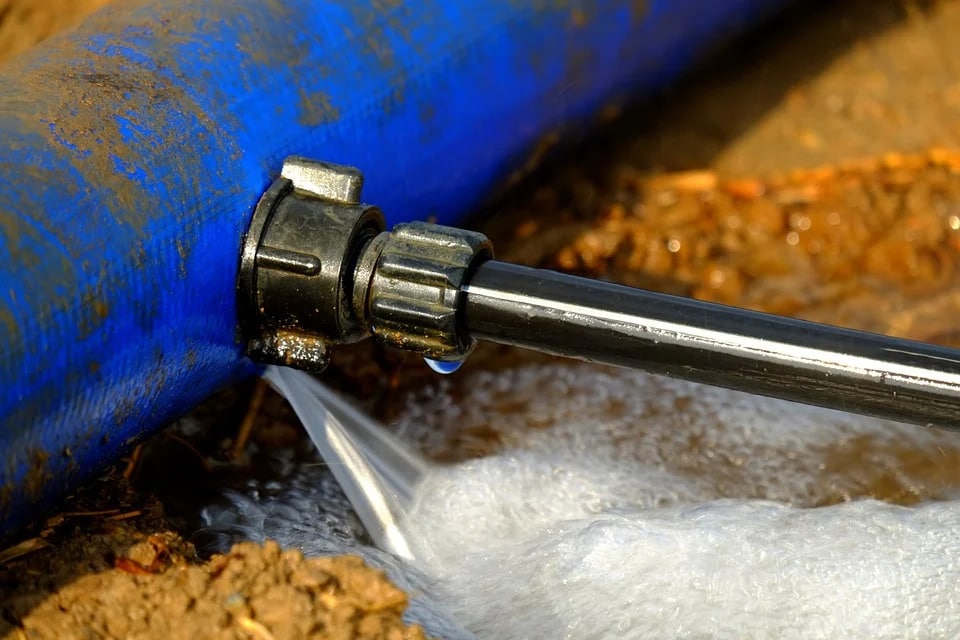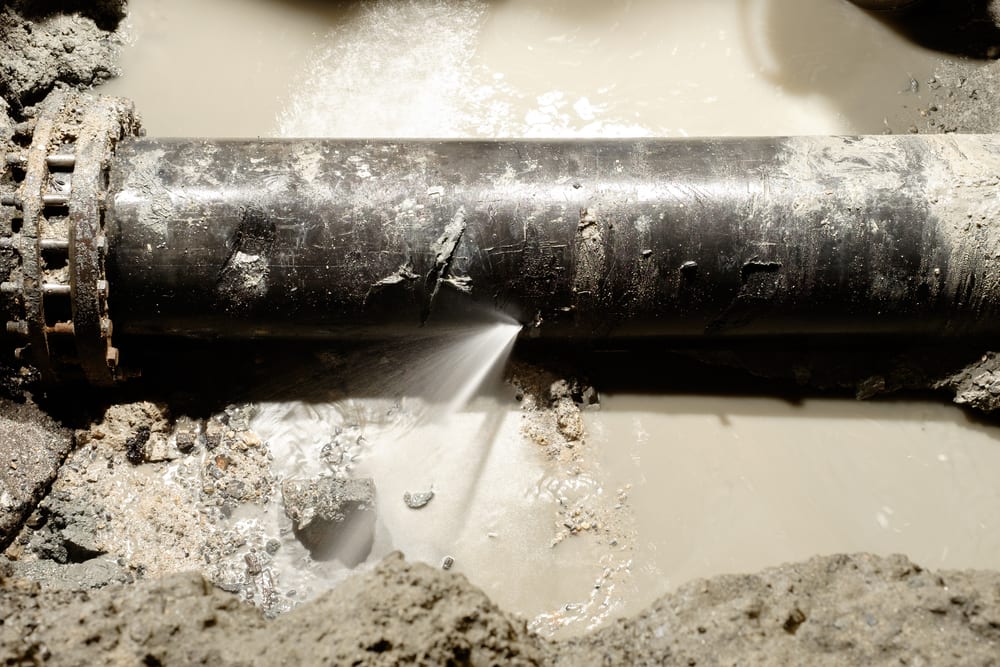The content down below relating to Do’s And Don’ts In Case Of Water Damage is amazingly engaging. Read it for yourself and decide what you think about it.

What should you do if a water pipe bursts in your home? Do you desire a mini-waterfall and also flooding in an area of your house? If you find yourself in this circumstance, you need to act quickly. The longer you wait, the much more serious the damages that can happen to your residential property. The presence of mind is key in these occasions. For these reasons, you require to learn exactly how to act in case of a burst pipes. Because time is of the essence, check out the adhering to suggestions listed below to help you act quickly.
Shut Off the Key Waterline Shutoff
The first thing to do? Close the shut-off shutoff. Look for the local shut-off valve to turn off the water in one details location just. If you don't recognize where the localized shut-off valve is, choose the major water line valve and transform it off. This action will remove the water right away in your whole residence. Normally, the main shutoff is discovered outside the home alongside the water meter. If it's not there, you can likewise locate it in 2 places: in the basement at eye degree or the 1st floor on the ground. Typically, home builders put the shut-off shutoff in the main ground level washroom or ideal next to it.
Call Water Damage Reconstruction Pros for Aid
After shutting the water source, call the specialists for assistance. With their expert aid, you can stop much bigger water damages consisting of distorted baseboards, loosened floor tiles, or harmed structures.
Document the Damages For Insurance coverage
While you're waiting for the pros to arrive, obtain some paperwork of the damages triggered by the errant pipe. Do close-up shots of the damaged belongings and places.
Recover Points That Can Be Saved
Examine the damaged products and take out the most important ones from the stack once you're done taking pictures. Dry them off in a dry/warm place far from the broken location and also try to preserve them as much as you can. Drag as much dampness as you can to the product so it can begin to dry out.
Beginning the Drying Refine
You need to start the drying out process asap. Luckily, the water from your waterlines is already tidy so you do not have to bother with drain water. The flowing water might have disrupted the dirt and particles in your floorboards and also carpets. In this situation, put some gloves on and also start some troubleshooting. Usage containers to unload out the water. Blot out as much water as you can from the surfaces with old towels. Switch on an electrical fan or open your home windows to advertise air circulation. These steps will certainly hasten to dry and also discourage mold and mildew development.
Specialists are the only individuals qualified to examine appropriately and also deal with the burs pipelines and also succeeding damages. They typically provide silent red flags like bubbling paint, water spots.
What should you do if a water pipe bursts in your house? For these reasons, you need to learn how to act in the event of a burst water pipe. After shutting the water source, call the experts for assistance. With their expert assistance, you can stop much larger water damages consisting of deformed walls, loosened floor tiles, or harmed frameworks. Thankfully, the water from your waterlines is already clean so you don't have to worry about sewer water.
BROKEN WATER PIPES: COST TO REPLACE & WAYS TO FIX A PIPE
CAUSES OF A BROKEN WATER PIPE
A water pipe can break for several reasons depending on the environment you live in, type of pipe, and circumstances.
The most common cause of broken pipes is freezing. If you live in a colder climate, this could happen. When water freezes it increases in volume by 9% and the pressure in the pipes can go from 40 psi to 40,000 psi. Clearly, this could be detrimental to the pipes. Water freezing causes quick expansion, which puts stress on the pipes and could lead them to crack or weaken. When water thaws, it will leak out the cracks. Other changes in water pressure can also cause breakage. Another common cause of broken water pipes is age.
Depending on the material, water pipes can last anywhere from 70-100 years. But the older they get, the more susceptible they are to weakening and corroding. Older pipes coming into contact with another material could speed up the corrosion process as well. PVC pipes can become brittle with age, while copper is prone to corrosion and stress over time. Something that could also potentially break water pipes is when they move. They may move from construction or the house settling. Moving can stress the fixed pipe which may lead to a leak or burst pipe.
HOW MUCH WATER COULD LEAK INTO YOUR HOUSE FROM A BROKEN PIPE?
The amount of water that leaks depend on how big the break in a pipe is. If it is just a minor crack, water will slowly leak out. This isn’t as serious as a full broken pipe, but it can still cause significant damage to your home. Burst pipes can leak up to 10 gallons of water per minute. The amount of water leaked also depends on what appliance is involved. The water line to your refrigerator can leak ½ to 1 gallon per minute depending on water pressure. One toilet supply line may leak 2-3 gallons a minute and a washing machine hose will leak up to 10-12 gallons per minute.
TURN THE WATER OFF
Doing this first is imperative; everything else can wait. You need to deactivate the water supply to stop the flow of water and prevent more water from leaking into your home. Shutting off the water could potentially save you thousands in water damage repairs. Locating the water shutoff valve depends on the climate you live in. For colder climates, the valves are usually inside, such as in the basement. For houses in milder weather, the shutoff valves will probably be outside—either attached to an exterior wall or in an underground box with a removable lid.
OPEN A FAUCET
The next thing to do is to open a faucet or turn on a sink. This will relieve any remaining water pressure in the pipes and ensure a full-shut down.
GET RID OF THE WATER
The quicker you get rid of the water, the less water damage and mold there could be. Use a mop and a shop vacuum to help get clean up the water. Use towels to dry everything the best you can.
CUT AND REMOVE THE DAMAGED PIPE
Once you have shut off the water and drained the damaged water pipe, you can begin to fix the issue. Cut out the damaged section of the pipe with a pipe cutter, ensuring that you also cut one inch extra on each side of the damage. Once you get rid of the broken part of the pipe, you may begin repairs.
https://www.wmhendersoninc.com/blog/broken-water-pipes-cost-to-replace-ways-to-fix-a-pipe/

As a reader on The Do’s And Don’ts When Water Floods Your Home, I imagined sharing that piece of content was important. Sharing is good. Helping people is fun. Thanks a lot for your time. Don't hesitate to come visit our website back soon.